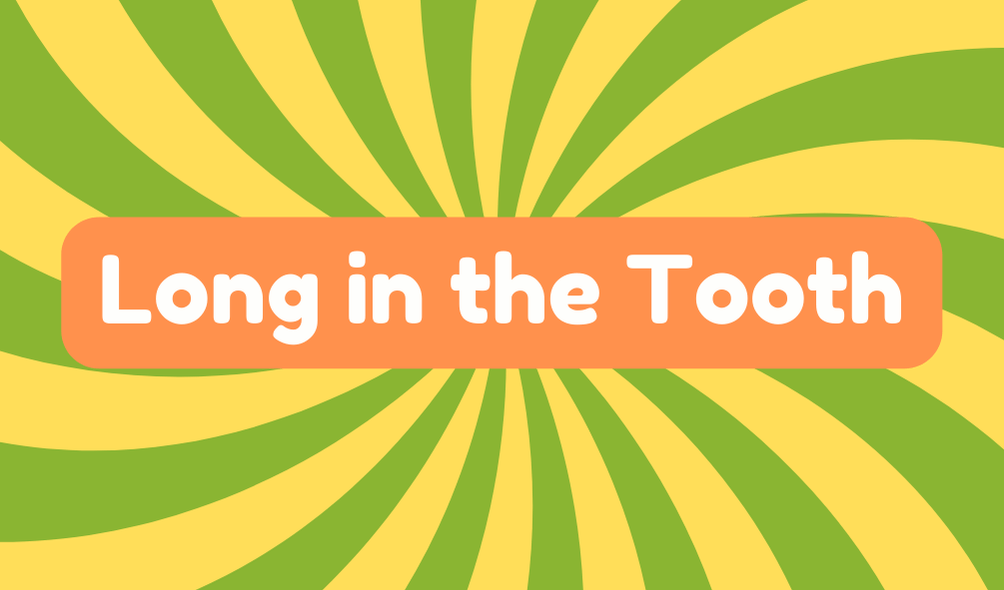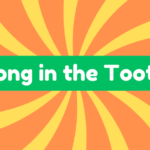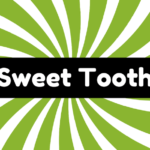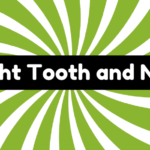The phrase "long in the tooth" colloquially refers to aging or becoming outdated. Its origin lies in equine anatomy, where horses develop longer teeth as they age, serving as a visual indicator for potential buyers. Despite its roots in horses, the expression has evolved to describe people, objects, or traditions that may be considered old or obsolete. While this phrase highlights the inevitability of aging, it also raises questions about society's perceptions of age and decline. Overall, understanding the phrase reveals deeper insights into contemporary attitudes toward aging and experience. Exploring this concept further can enrich your perspective.
Synonyms
When discussing the idiom "long in the tooth," several synonyms effectively convey the concept of age. These alternatives not only point to aging but also capture a nuanced understanding of what it means to navigate the passage of time. In our fast-paced world, where innovation often clashes with old habits, recognizing age gracefully can be enlightening. To that end, here are some relevant synonyms:
- Along in years
- Getting up in years
- No spring chicken
- Seasoned
Each term highlights a different perspective on aging and the wisdom that often accompanies it. By embracing these expressions, we can better articulate the complexities of aging and foster a deeper appreciation for those who age gracefully amidst incessant change.
Example of Sentences
The idiom "long in the tooth" can be effectively illustrated through various sentences that highlight its application in everyday life. These examples underscore the passage of time and the accumulation of old experiences that come with aging.
- "After two decades of service, the printer was clearly long in the tooth, frequently jamming during peak hours."
- "Her grandfather, although long in the tooth, still shared his old experiences with enthusiasm that inspired the younger generation."
- "That restaurant has been around for years, and while it's long in the tooth, its charm still draws in loyal customers."
- "The outdated software was long in the tooth, lacking the features we needed for peak performance."
These sentences reveal not only the meaning but also the nuances that accompany aging in various contexts.
Origin
The phrase "long in the tooth" has intriguing origins rooted in equine anatomy, particularly the dental changes that accompany aging in horses. Etymological roots reveal that older horses develop longer teeth due to wear and tear, which serves as a visual cue of their years. This metaphor originated as a practical means for gauging a horse's age, especially during sales where accurate assessments were vital. The first recorded usage appeared in the Huron Daily Huronite in 1889, illustrating its societal relevance. As time progressed, the phrase transcended its equestrian beginnings, becoming a colloquial descriptor for aging in various contexts. This transformation raises questions about language evolution, reflecting how expressions evolve from specific origins to broader applications in modern discourse.
Collocations
Collocations related to the phrase "long in the tooth" highlight its usage within various contexts, enhancing the understanding of aging in both people and objects. This phrase effectively captures the essence of time's impact, particularly evident in the following examples:
- aging pets
- aging machinery
- long-standing traditions
- long-term relationships
Recognizing these collocations emphasizes the inevitability of aging and obsolescence. For instance, when we refer to "aging machinery," it's a stark reminder of functionality limits. Similarly, speaking of "aging pets" evokes sentiments of care and responsibility, as owners grapple with the realities of health decline. This nuanced language helps articulate the complex relationships we maintain with aging entities, fostering a deeper appreciation for life cycles.
How to Use in Everyday Language
Incorporating the phrase "long in the tooth" into everyday language can enhance conversations about aging in both people and objects. Using this colloquial expression allows individuals to address the inevitable process of aging gracefully without harshness. For instance, one might say, "That car is getting long in the tooth," when referring to an older vehicle that may require repairs. In casual chats, this phrase serves as a gentle reminder that old doesn't equate to useless. It encourages reflection on how society views aging, rather than shunning it. While it is essential to embrace the wisdom that comes with age, it's equally important to remain aware of the implications behind using such phrases. Ultimately, language can shape perceptions and challenge stereotypes regarding aging.
Why Is It Still Relevant Today?
Why does the phrase "long in the tooth" continue to resonate in contemporary discourse? Its relevance lies in evolving perceptions of aging and the societal attitudes that accompany it. As society grapples with the implications of longevity, this idiom reflects an instinctive recognition of obsolescence, challenging our views on age.
| Aging Perceptions | Societal Attitudes |
|---|---|
| Aging seen as decline | Embracing lifelong learning |
| Wisdom associated with age | Fear of becoming obsolete |
| Aging in humans vs. objects | Respect for experience |
| Stigmatization of age | Shift towards inclusivity |







